(Page créée avec « Sew the cover ») |
(Page créée avec « * Cut the fabric to cover both sides of the blanket squares * Cut two Velcro strips about 30 cm long * Position the Velcro strips on the fabric, making sure that the two o... ») |
||
| Ligne 70 : | Ligne 70 : | ||
{{Tuto Step | {{Tuto Step | ||
|Step_Title=Sew the cover | |Step_Title=Sew the cover | ||
| − | |Step_Content=* | + | |Step_Content=* Cut the fabric to cover both sides of the blanket squares |
| − | * | + | * Cut two Velcro strips about 30 cm long |
| − | * | + | * Position the Velcro strips on the fabric, making sure that the two opposite sides overlap when you close the Norwegian pot on the stewpot. |
| − | * | + | * Secure the Velcro strips to the fabric with pins |
| − | * | + | * Sew them to the fabric |
| − | * | + | * Fold the fabric in half, overlapping the edges |
| − | * | + | * Sew two edges of the fabric together to make the cover |
| − | * | + | * Slide the blankets squares into the cover |
| − | * | + | * Stitch in the centre to keep the blankets in place inside the cover |
| − | * | + | * Sew the last edge of the cover. You can also sew on a zip to make the cover easier to wash. |
| − | * | + | * You can now use your Norwegian pot! |
|Step_Picture_00=Marmite_norv_gienne_pour_nomades_Screenshot_from_2023-02-14_17-03-33.png | |Step_Picture_00=Marmite_norv_gienne_pour_nomades_Screenshot_from_2023-02-14_17-03-33.png | ||
|Step_Picture_00_annotation={"version":"3.5.0","objects":[{"type":"image","version":"3.5.0","originX":"left","originY":"top","left":0,"top":0.25,"width":1920,"height":1080,"fill":"rgb(0,0,0)","stroke":null,"strokeWidth":0,"strokeDashArray":null,"strokeLineCap":"butt","strokeDashOffset":0,"strokeLineJoin":"miter","strokeMiterLimit":4,"scaleX":0.31,"scaleY":0.31,"angle":0,"flipX":false,"flipY":false,"opacity":1,"shadow":null,"visible":true,"clipTo":null,"backgroundColor":"","fillRule":"nonzero","paintFirst":"fill","globalCompositeOperation":"source-over","transformMatrix":null,"skewX":0,"skewY":0,"crossOrigin":"","cropX":0,"cropY":0,"src":"https://wiki.lowtechlab.org/images/d/d8/Marmite_norv_gienne_pour_nomades_Screenshot_from_2023-02-14_17-03-33.png","filters":[]}],"height":338,"width":600} | |Step_Picture_00_annotation={"version":"3.5.0","objects":[{"type":"image","version":"3.5.0","originX":"left","originY":"top","left":0,"top":0.25,"width":1920,"height":1080,"fill":"rgb(0,0,0)","stroke":null,"strokeWidth":0,"strokeDashArray":null,"strokeLineCap":"butt","strokeDashOffset":0,"strokeLineJoin":"miter","strokeMiterLimit":4,"scaleX":0.31,"scaleY":0.31,"angle":0,"flipX":false,"flipY":false,"opacity":1,"shadow":null,"visible":true,"clipTo":null,"backgroundColor":"","fillRule":"nonzero","paintFirst":"fill","globalCompositeOperation":"source-over","transformMatrix":null,"skewX":0,"skewY":0,"crossOrigin":"","cropX":0,"cropY":0,"src":"https://wiki.lowtechlab.org/images/d/d8/Marmite_norv_gienne_pour_nomades_Screenshot_from_2023-02-14_17-03-33.png","filters":[]}],"height":338,"width":600} | ||
Version du 26 janvier 2024 à 22:14
Difficulté
Moyen
Durée
2,5 heure(s)
Coût
7 EUR (€)
Description
Fireless cooker made of a woollen blanket for stewing food. The principle of the fireless cooker or Norwegian pot is to place a stewpot in an insulating receptacle after boiling for slow cooking without using a heat source. This specific space-saving model is perfectly suited to nomadic life, especially in a van, and can be adapted to various sizes of stewpot or saucepan.
Introduction
The fireless cooker is a stewing device that has been around for thousands of years. The principle is to place a pot in an insulated container after boiling for slow cooking without a heat source. In addition to saving energy, the other advantage is that the nutrients are preserved. The dishes are tasty because they are cooked slowly; we've tested and approved it extensively, particularly with lentil and soups.
Youtube
Étape 1 - Preparing insulation
- Fold the blanket into thirds and check that this is enough to enclose your stewpot.
- Cut the blanket into three squares of equal size
- With the rest, cut two squares the width of the stewpot
- Sew these two small pieces in top of each other at the centre of one of the larger squares to make a double base for the stewpot
- Overlay the three large squares on top of each other
- Sew them together by hand around the edges
Étape 2 - Sew the cover
- Cut the fabric to cover both sides of the blanket squares
- Cut two Velcro strips about 30 cm long
- Position the Velcro strips on the fabric, making sure that the two opposite sides overlap when you close the Norwegian pot on the stewpot.
- Secure the Velcro strips to the fabric with pins
- Sew them to the fabric
- Fold the fabric in half, overlapping the edges
- Sew two edges of the fabric together to make the cover
- Slide the blankets squares into the cover
- Stitch in the centre to keep the blankets in place inside the cover
- Sew the last edge of the cover. You can also sew on a zip to make the cover easier to wash.
- You can now use your Norwegian pot!
Étape 3 - Utiliser la marmite norvégienne
- Démarrer la cuisson sur le feu
- Poser le couvercle sur le faitout et portez à ébullition
- Laisser cuire sur le feu quelques minutes (selon la recette choisie, la durée de précuisson est différente)
- Stopper la cuisson et poser le faitout bouillant au centre de la marmite norvégienne
- Refermer les bords avec les bandes velcro en prenant soin de ne pas laisser d’espace libre entre le faitout et le tissu
- Laisser cuire le temps de cuisson minimum requis selon la recette, en général le double du temps normalement nécessaire
- Ouvrir le faitout, vérifier que c’est assez cuit et encore chaud
- Vous n’avez plus qu’à déguster votre recette savoureuse
Étape 4 - Conseils
- Une couverture en laine permettra de limiter le nombre d’épaisseurs à utiliser pour l’isolation, mais vous pouvez utiliser d'autres matériaux isolants.
- Les bandes velcro permettent de pouvoir utiliser différentes tailles de faitout. Assurez-vous de confectionner votre marmite norvégienne avec le faitout le plus grand que vous allez utiliser.
- On vous recommande bien sûr de favoriser le recyclage des matériaux. Vous pouvez trouver des couvertures en laine, ainsi que des tissus en coton, dans des ressourceries.
- Pour la cuisson, choisissez de préférence une cocotte en fonte ou en terre cuite, car la déperdition de chaleur est plus lente, mais le plus important est que le couvercle s’adapte bien à la casserole pour qu’il n’y ait pas de fuite.
- Serrez au maximum les bandes velcro pour éviter les déperditions de chaleur.
- Assurez-vous qu’il y ait assez d’eau dans votre faitout pour que cela mijote pendant plusieurs heures.
- Si vous avez laissé votre plat mijoter plus de 2h, il y a un risque que la température soit tombée au-dessous des 60 degrés et que des bactéries se soient développées. Il est alors prudent de porter votre plat à ébullition avant de le consommer.
- Vous pouvez utiliser votre marmite norvégienne comme édredon par dessus votre couette pour plus de chaleur au niveau des pieds
Notes et références
- Tutoriel du Low-tech Lab d'un prototype de marmite norvégienne en bois
- Blog marmite-norvégienne.com et son recueil de modèles de réalisation
- "Histoire de cuire sans feu ou presque", Mireille Saimpaul
- Recettes de Christine Ackermann avec la marmite norvégienne
Published
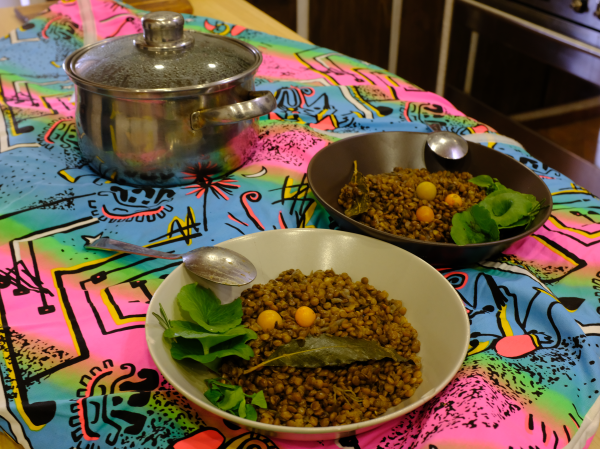
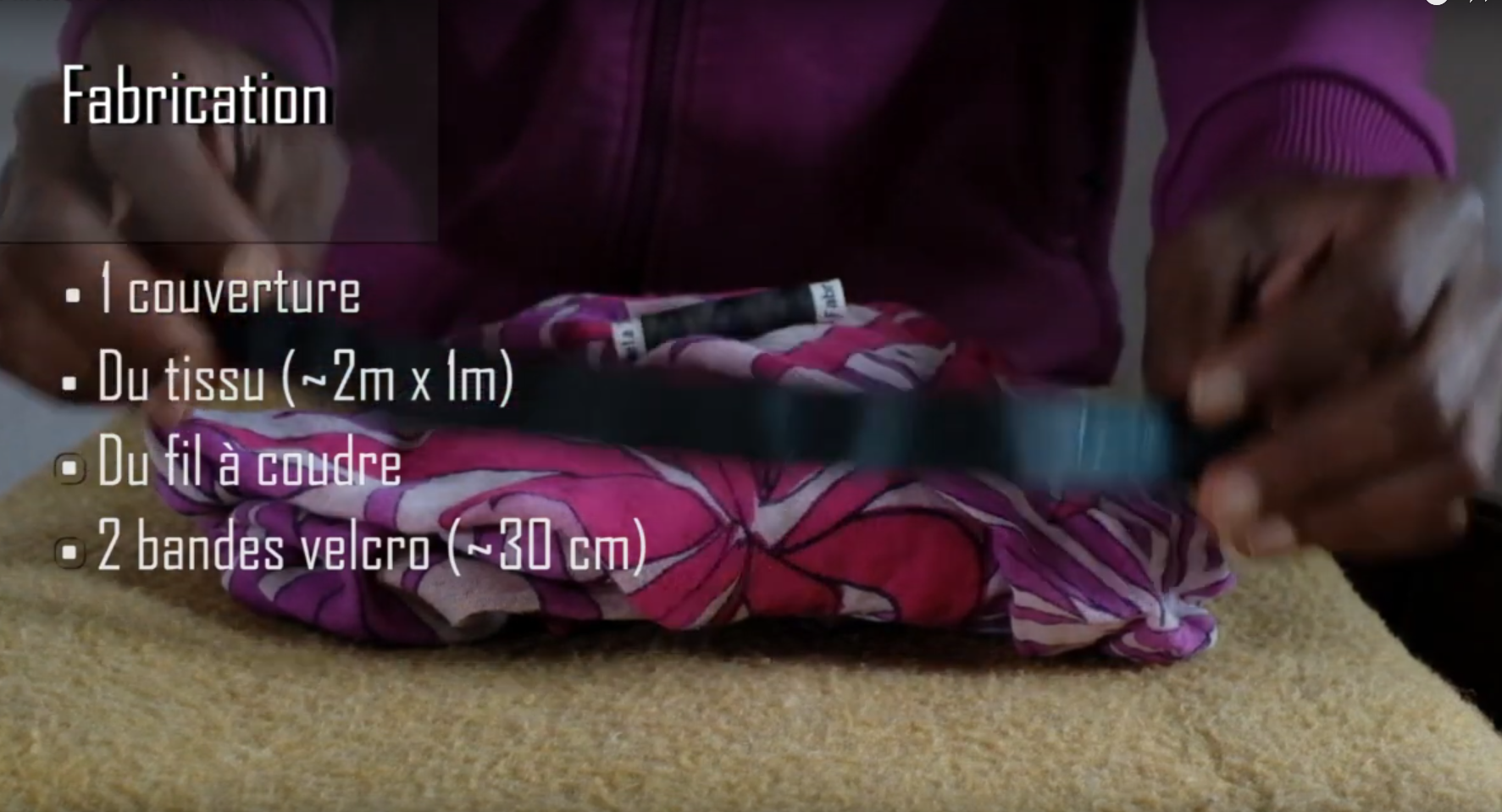
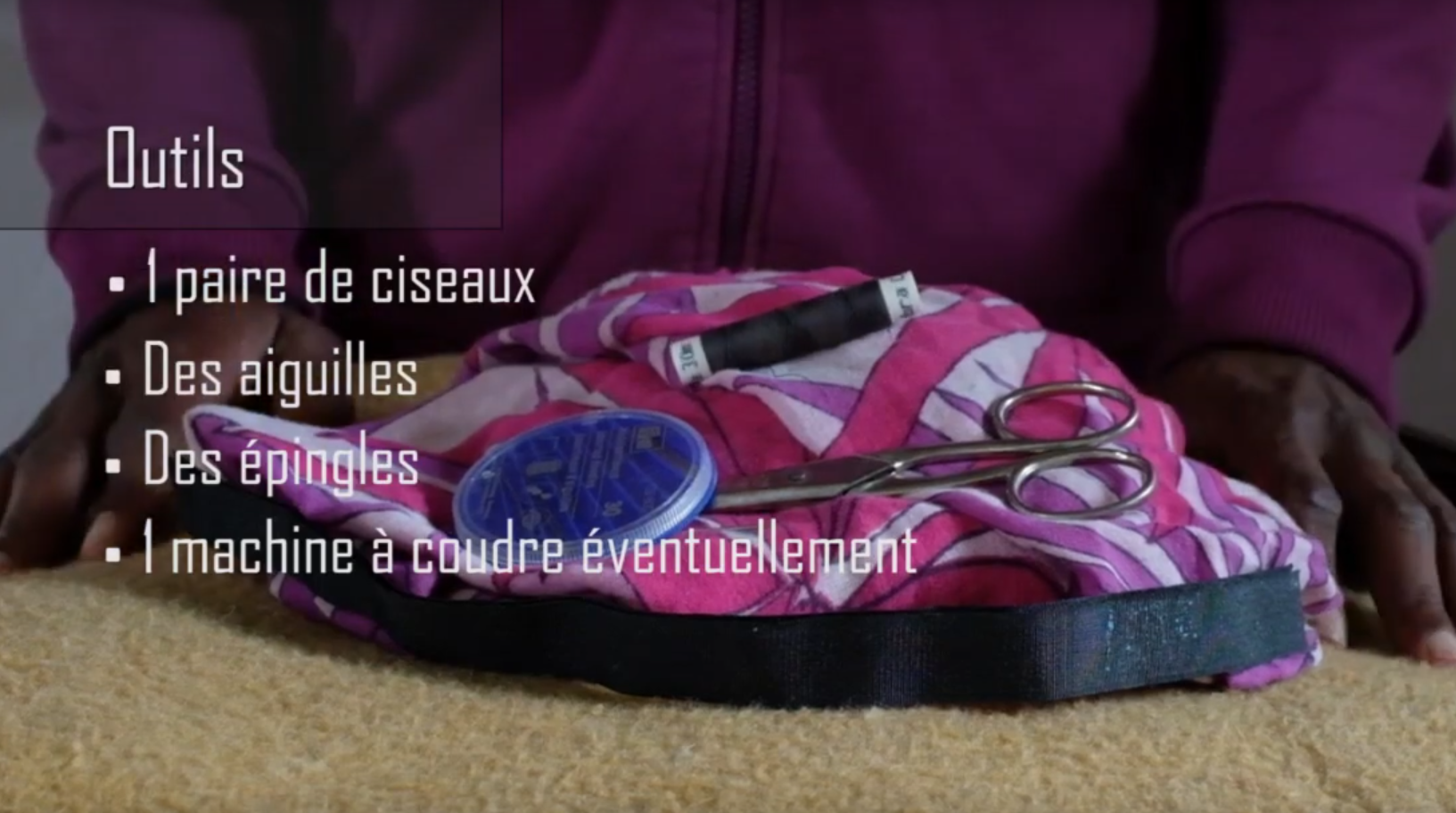
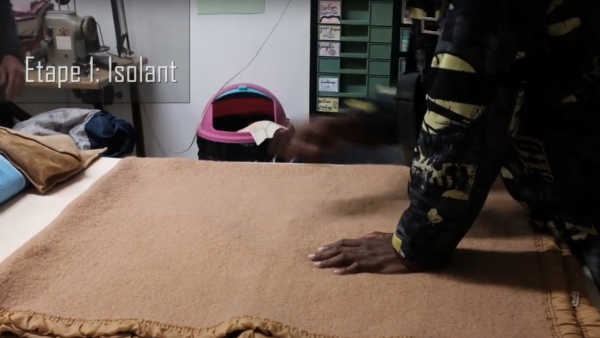
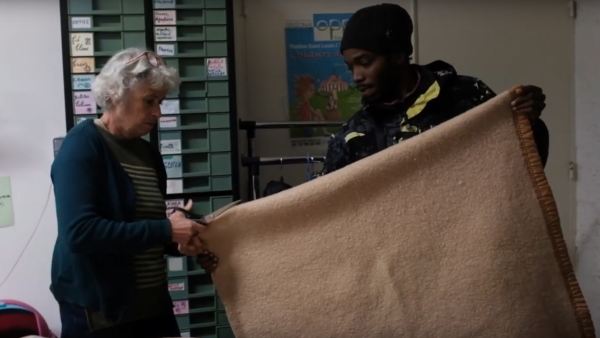
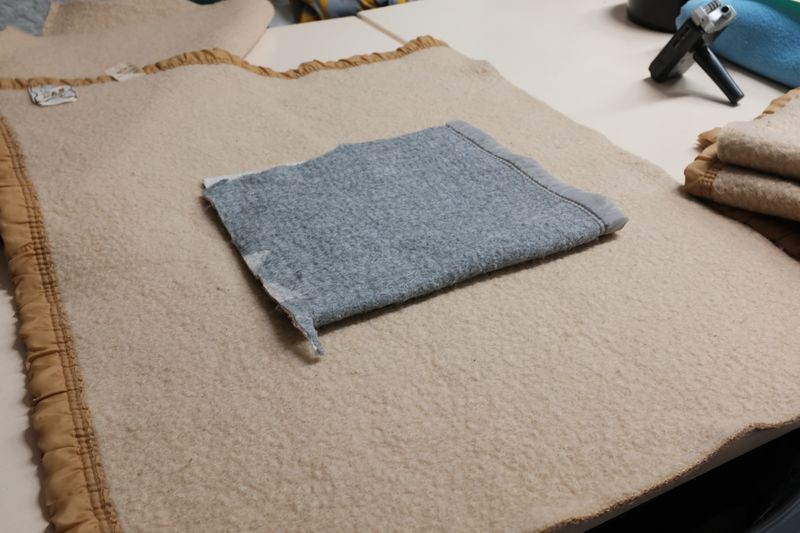
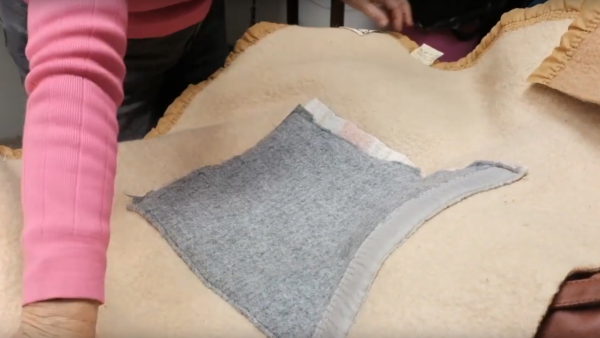
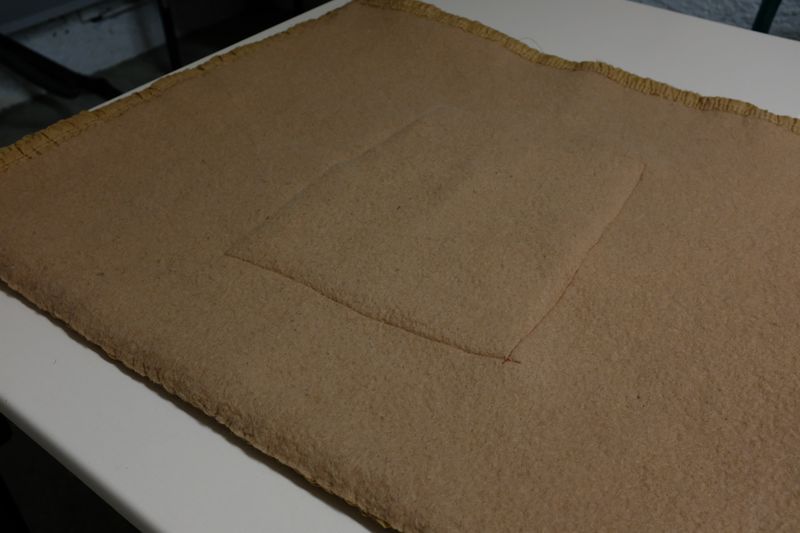
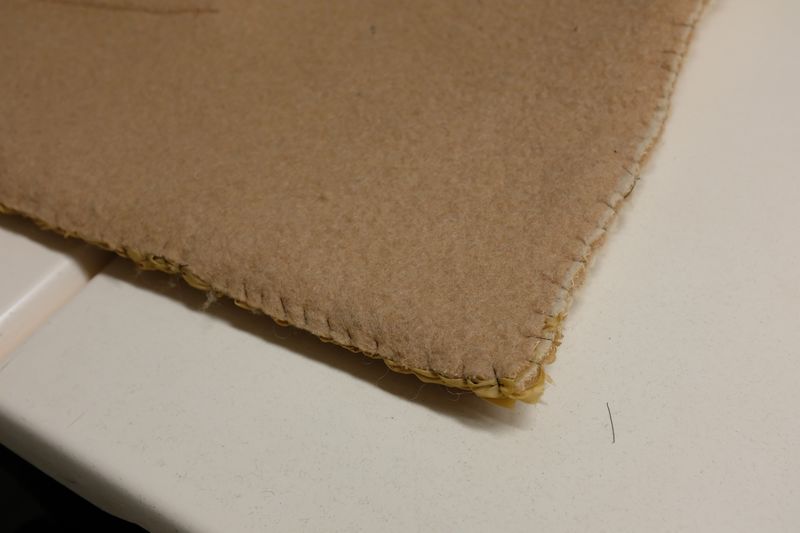
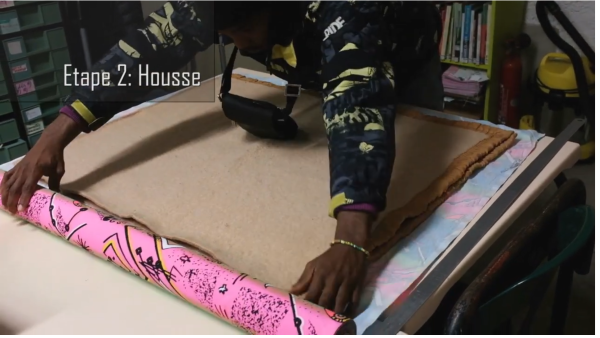
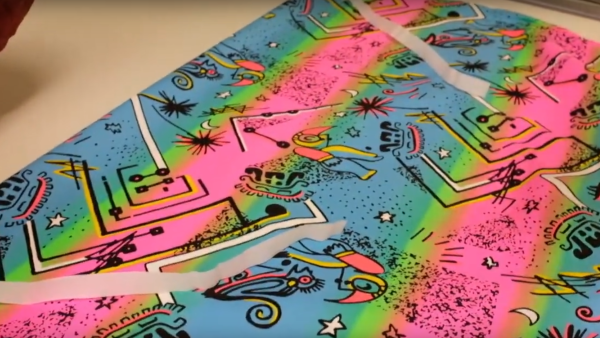
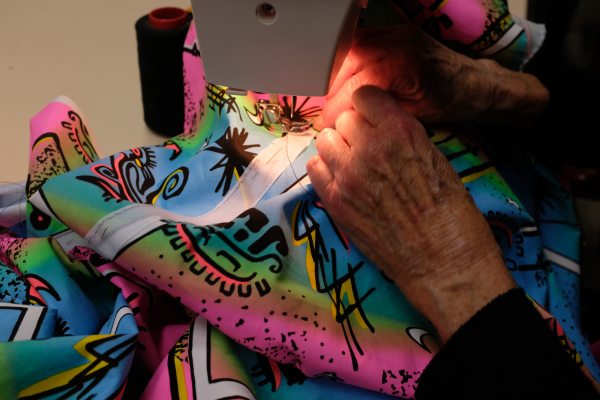
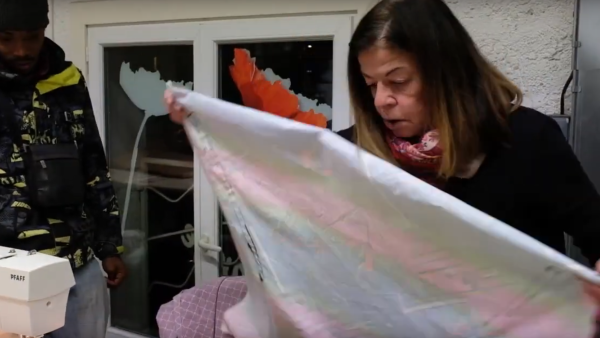
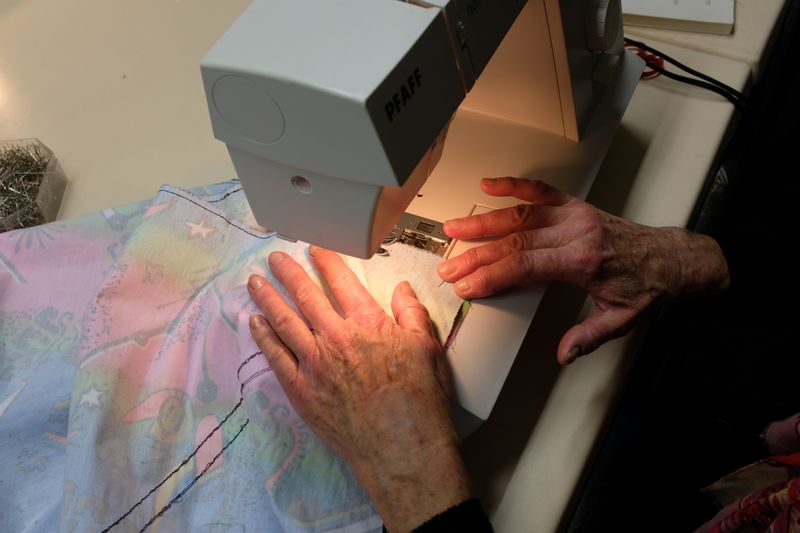
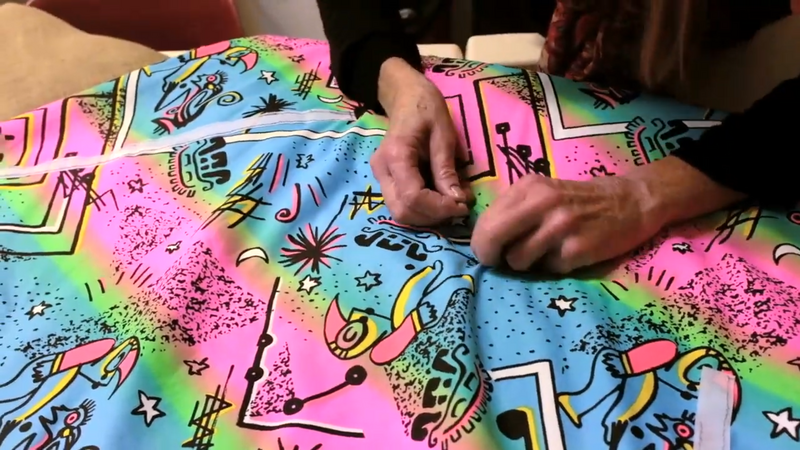
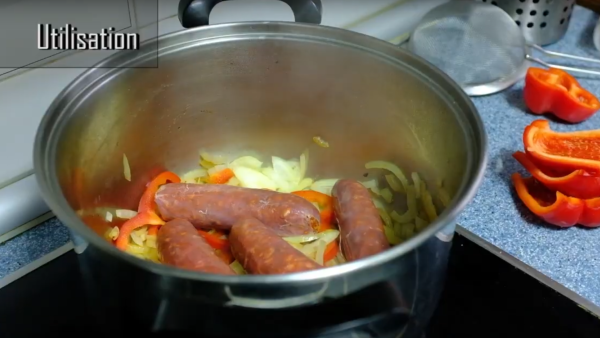
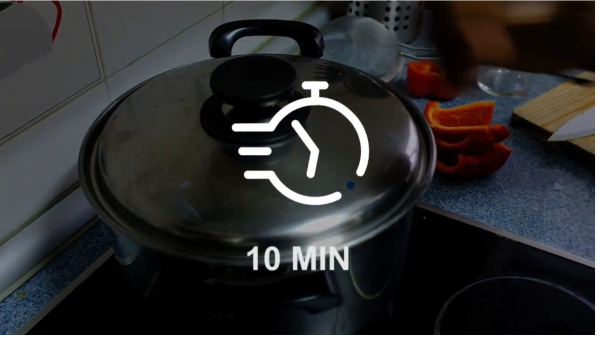
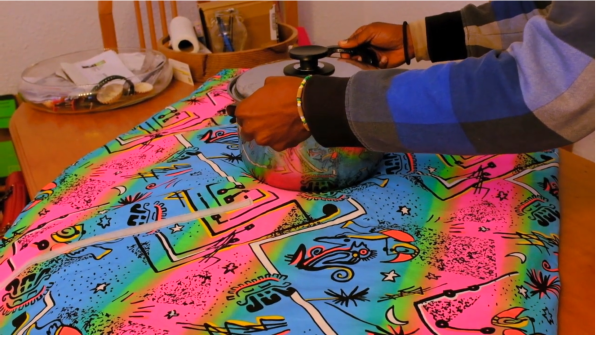
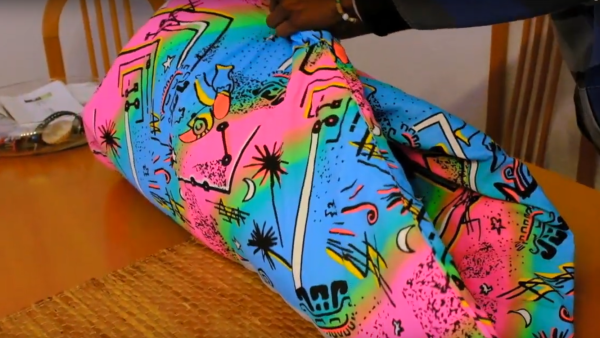
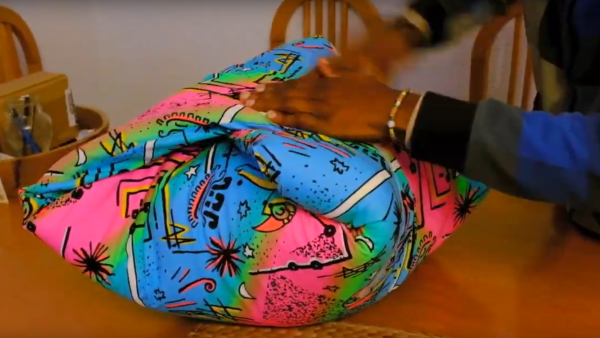
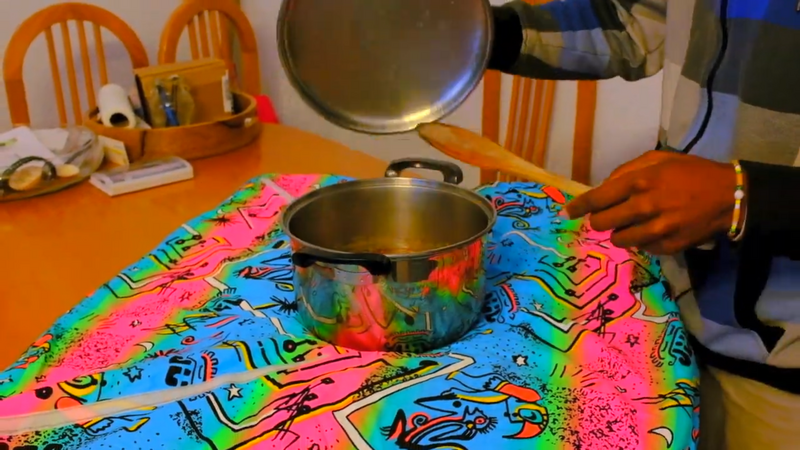
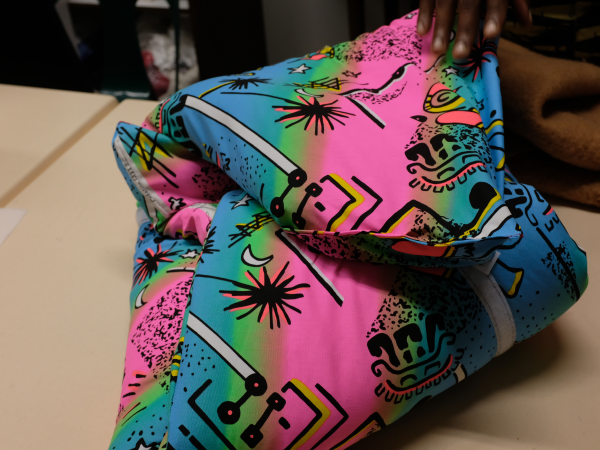
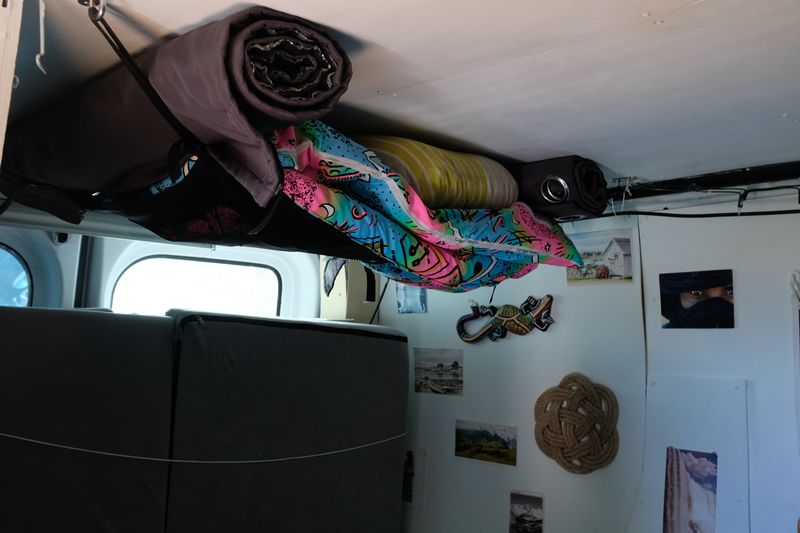
 Français
Français English
English Deutsch
Deutsch Español
Español Italiano
Italiano Português
Português